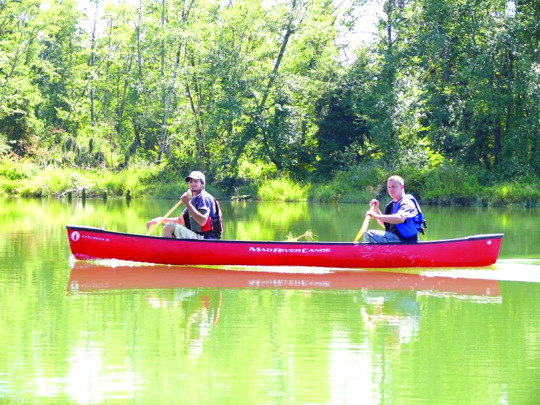
This month’s feature WWRP category is Natural Areas, and we’ve chosen to highlight the Chehalis Surge Plain Natural Area. Photo Credit: RCO PRISM.
For every month of 2017, the Coalition is focusing on one of the twelve WWRP categories. This month, that category is Natural Areas!
The Chehalis Surge Plain Natural Area is a perfect project to highlight, with its abundant natural habitat land and beautiful Sitka spruce forests.
The Chehalis River Surge Plain is the largest coastal wetland in the northwest, where fish, wildlife, and waterfowl thrive. The area includes nesting, roosting and foraging habitat for eagles, osprey, great blue heron, waterfowl, shorebirds, and neo-tropical migrant species. The area also includes habitat for bears, river otters, raccoons, beavers, muskrats, and other mammals.
Expanding development and industry from neighboring Aberdeen was leading to the loss and degradation of these important wetlands, threatening water quality in the river and Grays Harbor, as well as salmon and wildlife populations and local shellfish farms. A WWRP grant helped acquire 1,600 acres of the natural area, funded restoration work, and helped develop this popular angling, birdwatching, and hiking destination, including developing trails, a boat launch, and a tribal treaty fishing access.
The entire surge plain is composed of about 2,640 acres of meandering sloughs and islands in the river. And much like other wetlands, it acts as an enormous “sponge” that helps minimize flooding downstream.
Because of the WWRP, this valuable land is now protected for sportsmens’ access, recreational activities, and habitat preservation.
